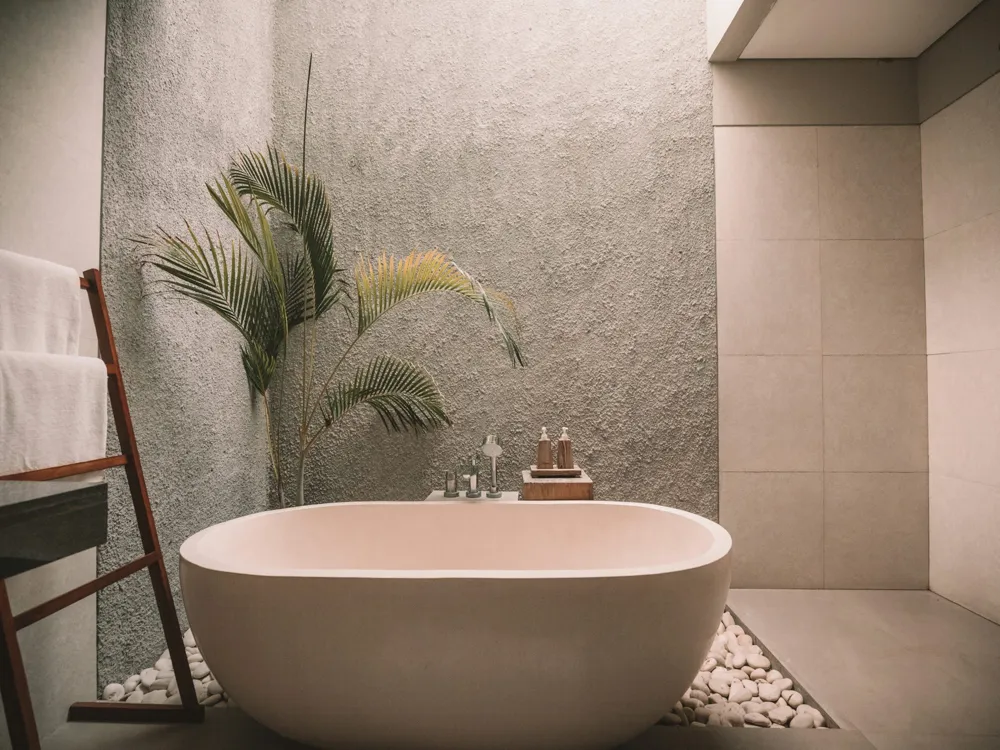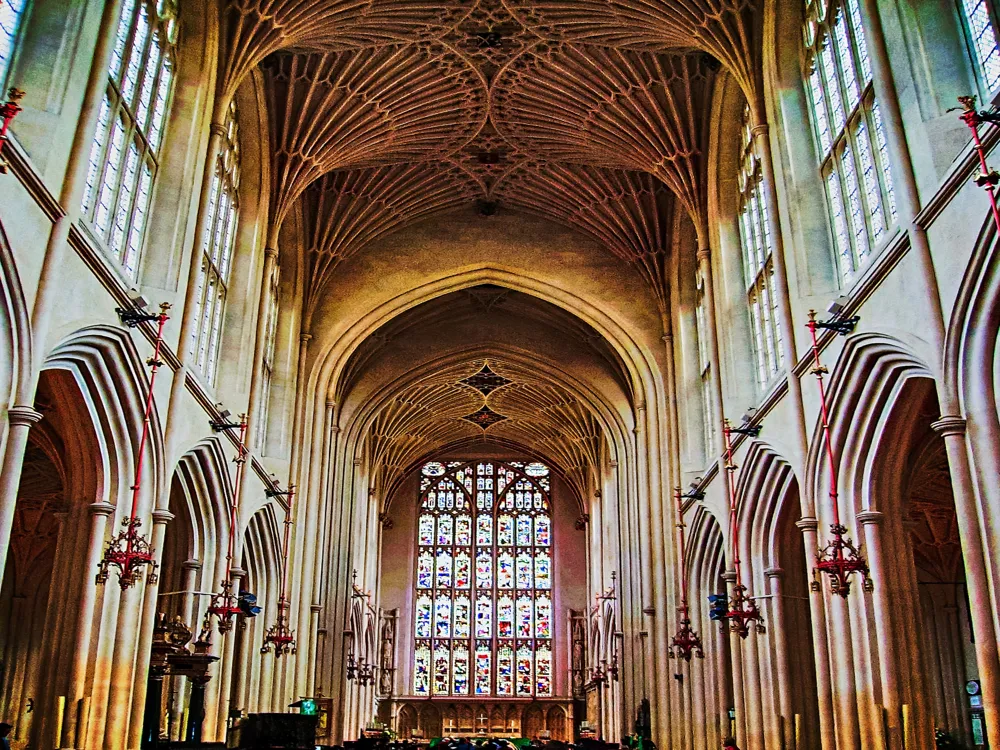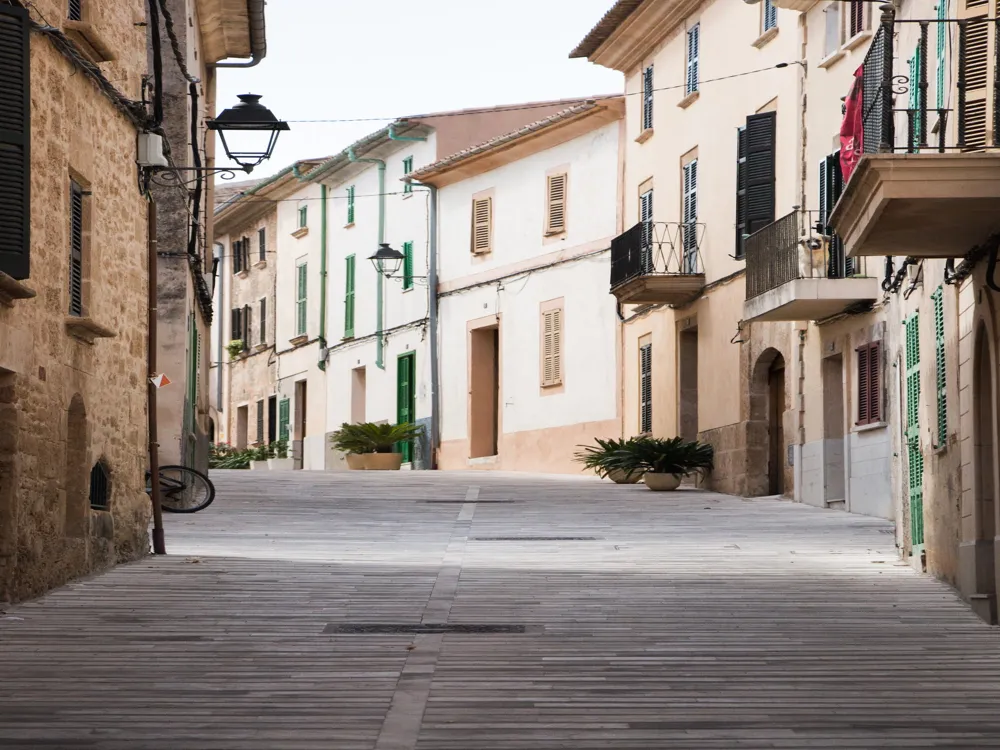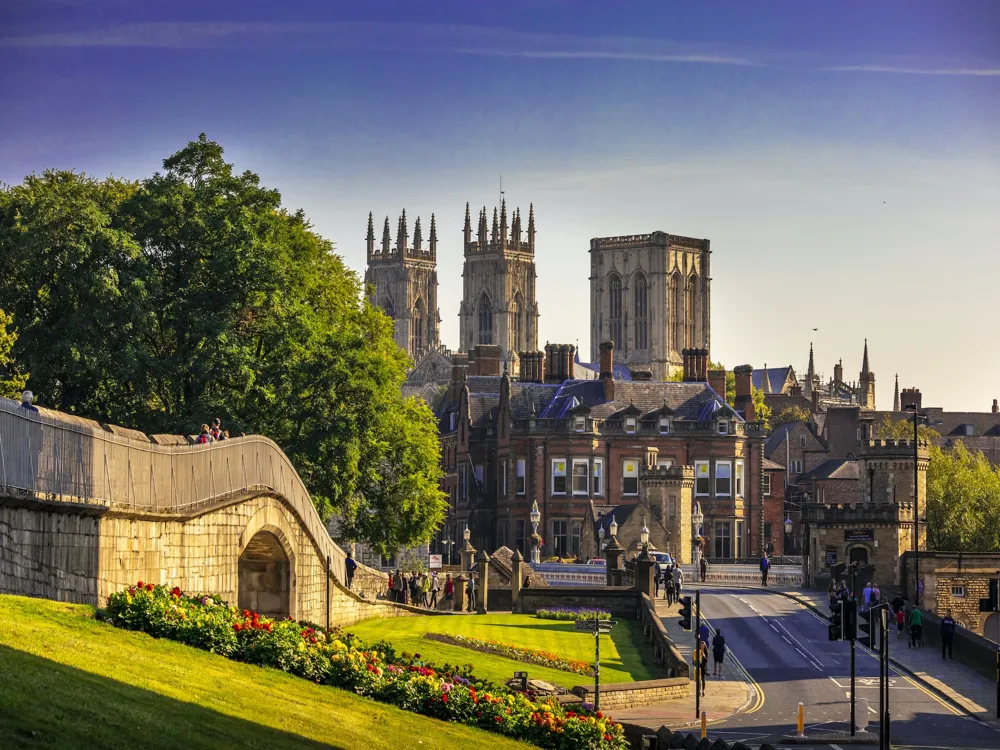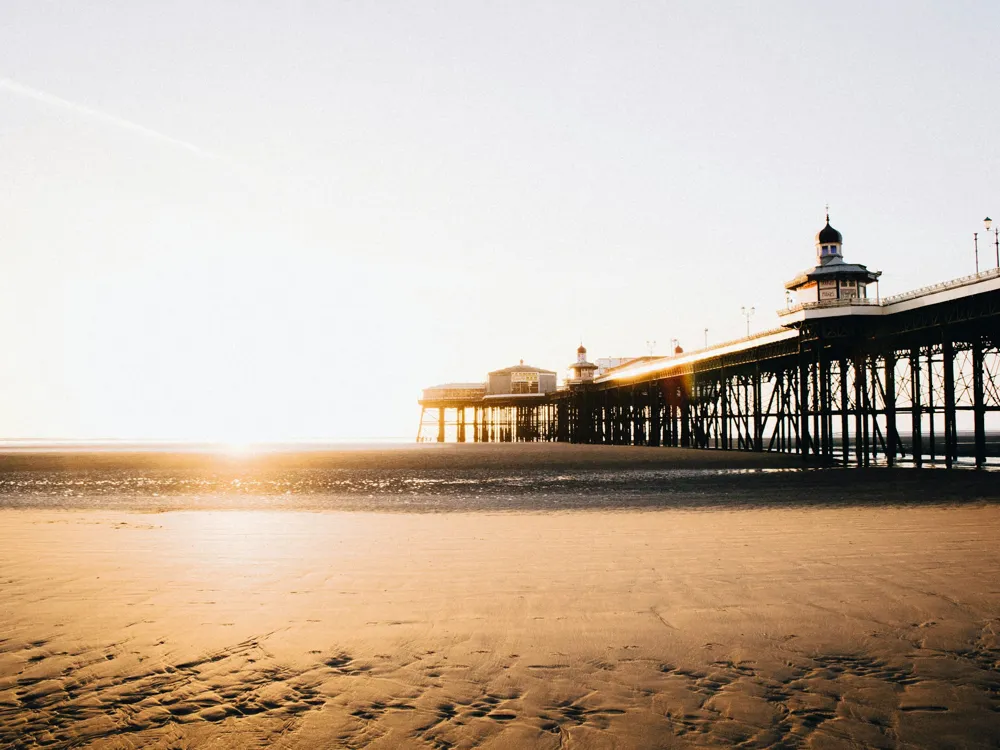The Circus of Bath, a masterpiece of Georgian architecture, stands as a testament to the creative genius of architect John Wood the Elder. Built between 1754 and 1768, this iconic landmark forms a perfect circle, symbolizing the architect's fascination with ancient history, particularly the Roman Colosseum. The design intricately blends Palladian and classical elements, making it a pioneering structure in urban planning and architectural design. The Circus is not just an architectural marvel; it's a historical tapestry reflecting Bath's cultural and social heritage. Each of the three segments of the circle opens onto a connecting street, a nod to the sun's movement and the Druidical traditions that influenced Wood. The façade of the buildings is adorned with over 500 unique emblems, including serpents, nautical symbols, and Masonic icons, each telling a story of the city's and the nation's past. The Circus's historical significance is further amplified by its residents over the years, including famous artists, architects, and even a prime minister. The architecture of The Circus in Bath is a mesmerizing blend of classical and modern design principles. Designed by John Wood the Elder, its inspiration is deeply rooted in ancient Roman and Greek architecture. The structure comprises three curved segments of equal length, which together form a perfect circle, a geometric shape symbolizing unity and eternity. This design was revolutionary for its time, illustrating a break from traditional linear street planning. Each segment of The Circus showcases a distinct architectural order - Doric, Ionic, and Corinthian - elegantly progressing from simplicity to complexity. The uniform façade presents a harmonious appearance, yet a closer look reveals a rich diversity in the decorative friezes, representing a wide range of symbols from political to mystical. The stonework, characterized by its honey-colored Bath stone, glows warmly in sunlight, adding to the ethereal beauty of the structure. The ideal time to visit The Circus in Bath is during the late spring or early autumn. The weather is pleasant during these seasons, providing a comfortable environment for exploring. Early mornings or late afternoons are perfect for avoiding crowds and experiencing the architectural beauty in a serene setting. Opting for a guided tour can greatly enhance your experience. Knowledgeable guides offer insights into the history, architecture, and anecdotes associated with The Circus, providing a deeper understanding and appreciation of this landmark. For photography enthusiasts, The Circus offers a splendid opportunity. The best shots can be captured from the central garden area, which provides a panoramic view of the entire structure. Morning light is particularly flattering for photography here. The Circus is accessible for visitors with mobility issues. However, it's advisable to check ahead for any specific accessibility services or requirements to ensure a smooth visit. The Circus of Bath is conveniently located and easily accessible by various modes of transportation. Visitors can opt for public buses, which have multiple stops near the site. For those preferring a more scenic route, a leisurely walk through Bath’s picturesque streets is highly recommended. Additionally, the city's robust taxi services offer a convenient option for reaching The Circus directly. For visitors driving their own vehicles, several parking areas are available in close proximity to the landmark. Read More:Overview of The Circus of Bath
Architecture of The Circus
Tips When Visiting The Circus
Best Time to Visit
Guided Tours
Photography Tips
Accessibility
How To Reach The Circus
The Circus
Bath
NaN onwards
View bath Packages
Weather :
Tags : Landmark
Timings : Hours: Mon - Sat 10:00 am - 11:30 pm
Entry Fee : Free
Planning a Trip? Ask Your Question
Bath Travel Packages
View All Packages For Bath
Top Hotel Collections for Bath

Private Pool

Luxury Hotels

5-Star Hotels

Pet Friendly
Top Hotels Near Bath
Other Top Ranking Places In Bath
View All Places To Visit In bath
View bath Packages
Weather :
Tags : Landmark
Timings : Hours: Mon - Sat 10:00 am - 11:30 pm
Entry Fee : Free
Planning a Trip? Ask Your Question
Bath Travel Packages
View All Packages For Bath
Top Hotel Collections for Bath

Private Pool

Luxury Hotels

5-Star Hotels

Pet Friendly







